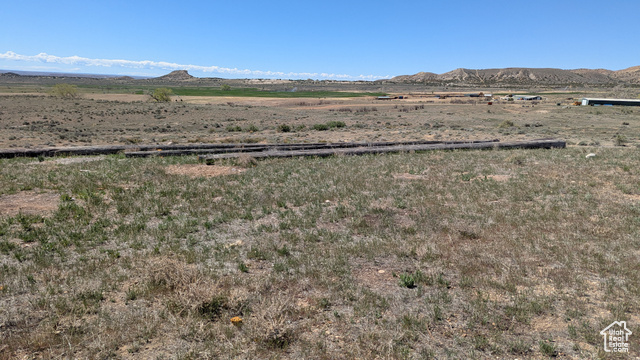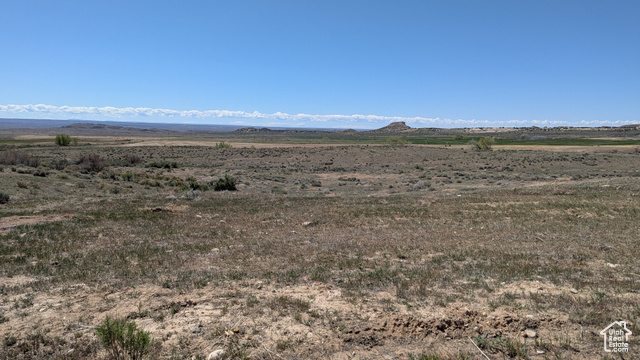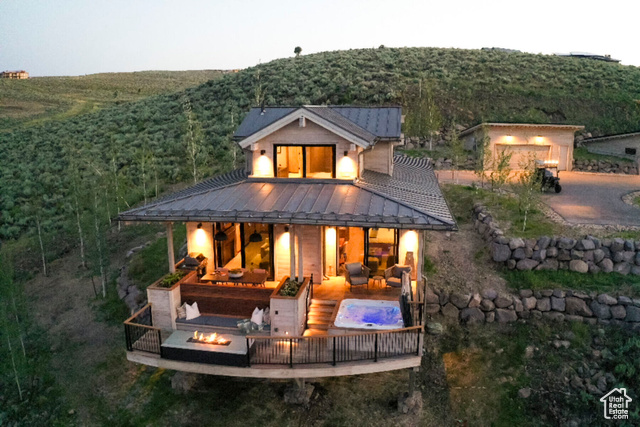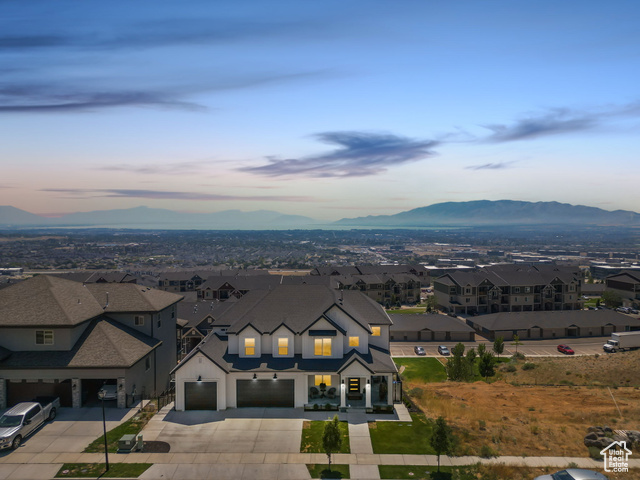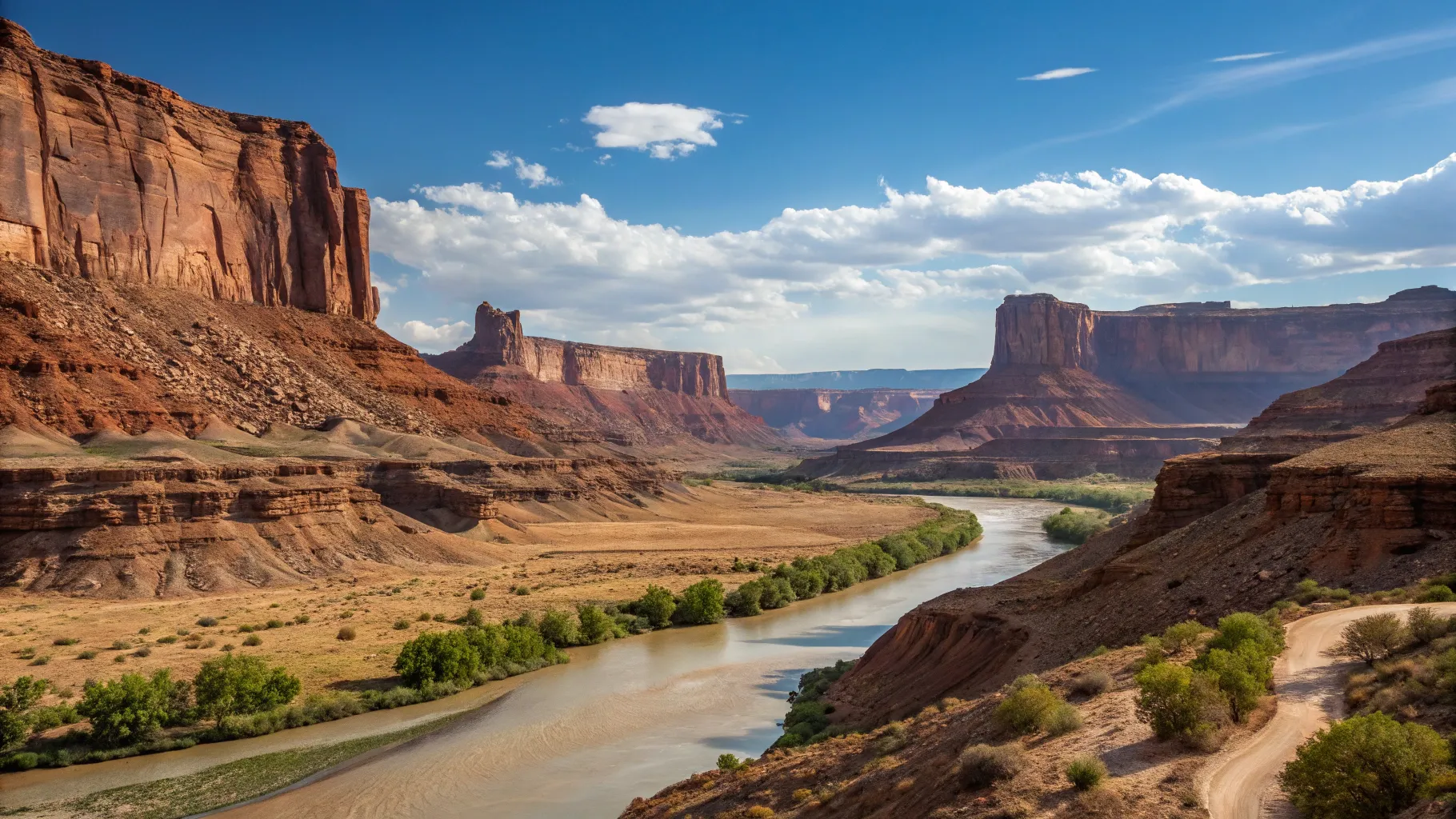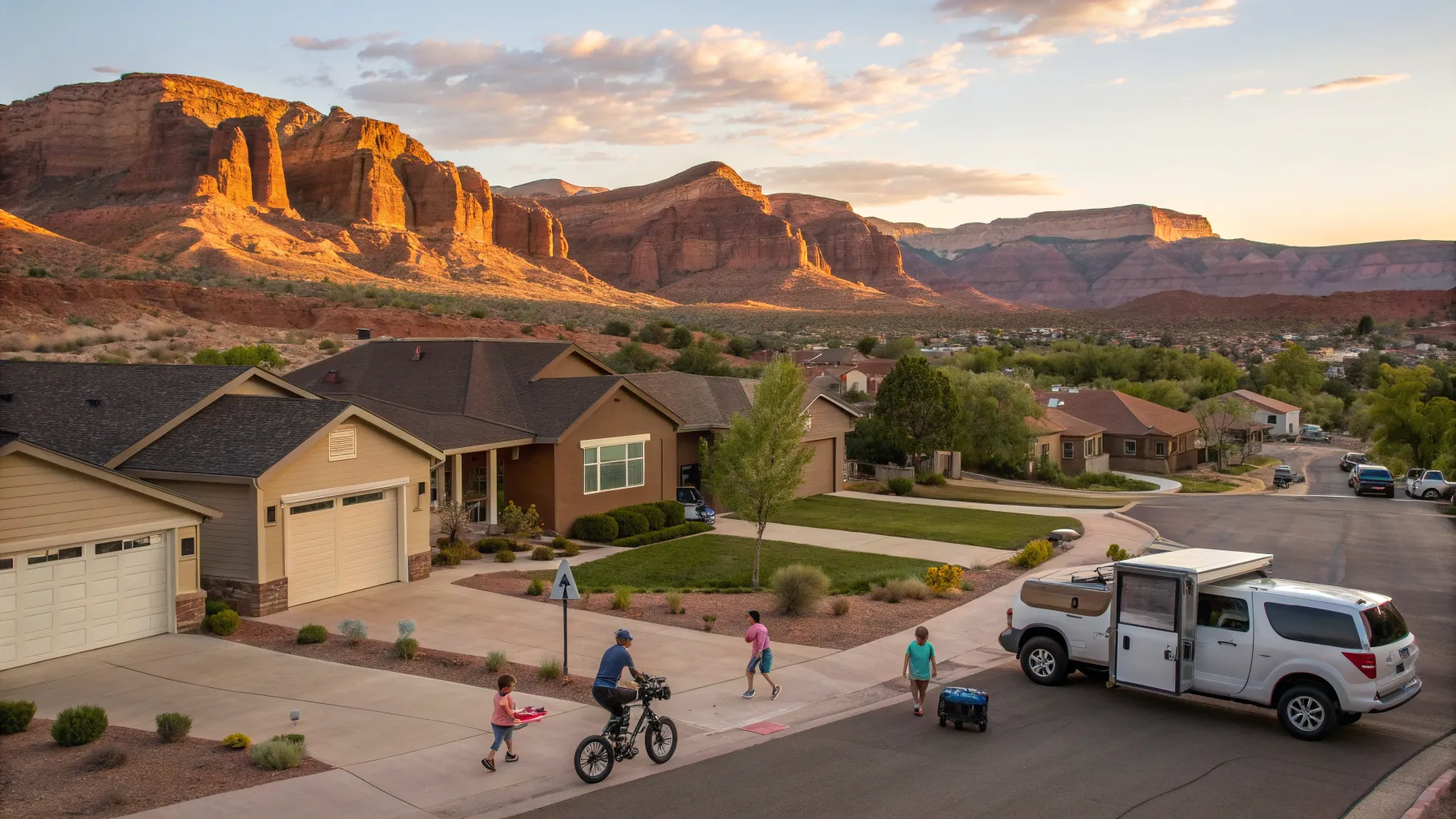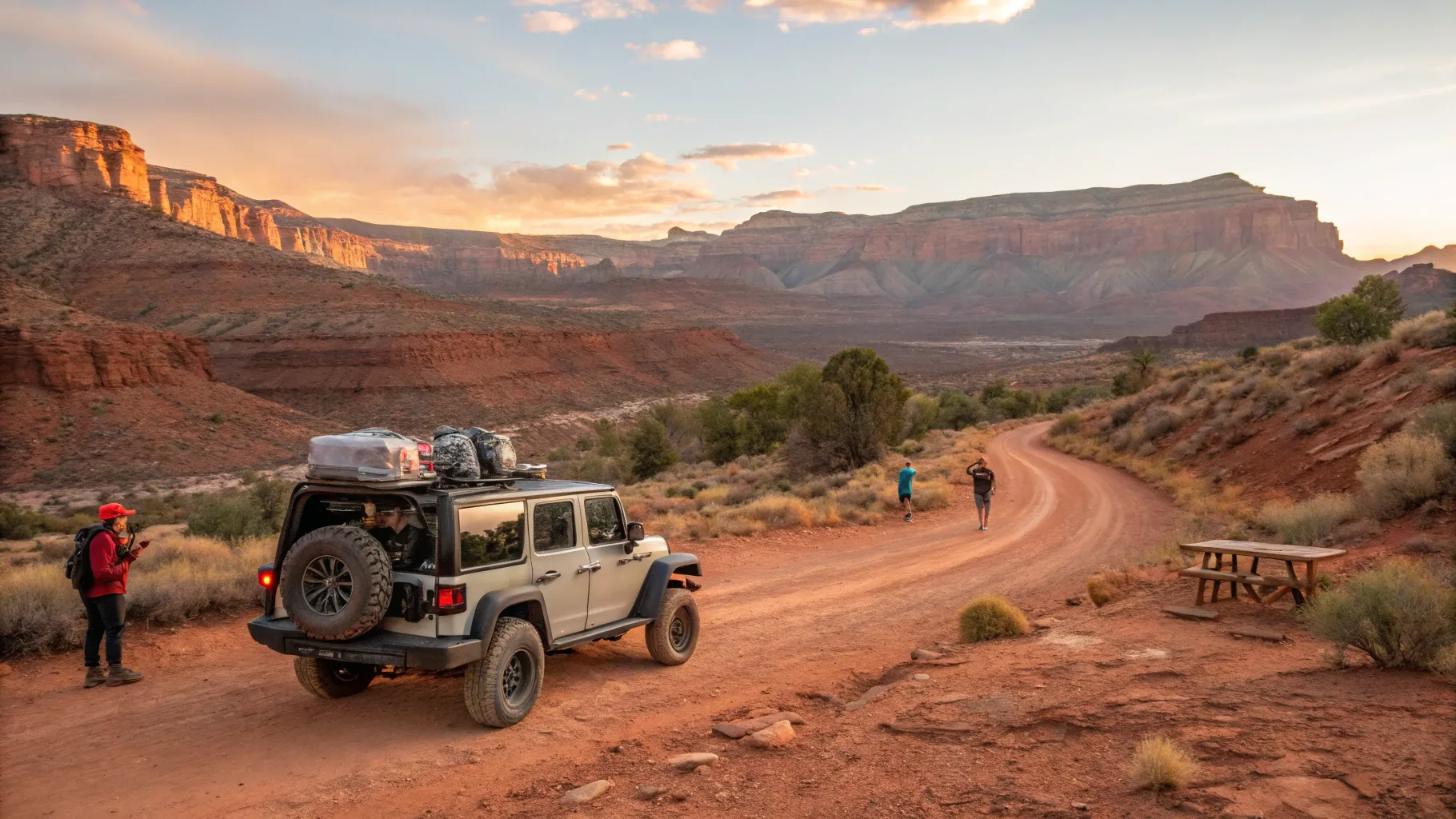Discover the pros and cons of living in Moab, Utah. Explore its walkable community, outdoor lifestyle, health standards, and real estate insights to make an informed decision.
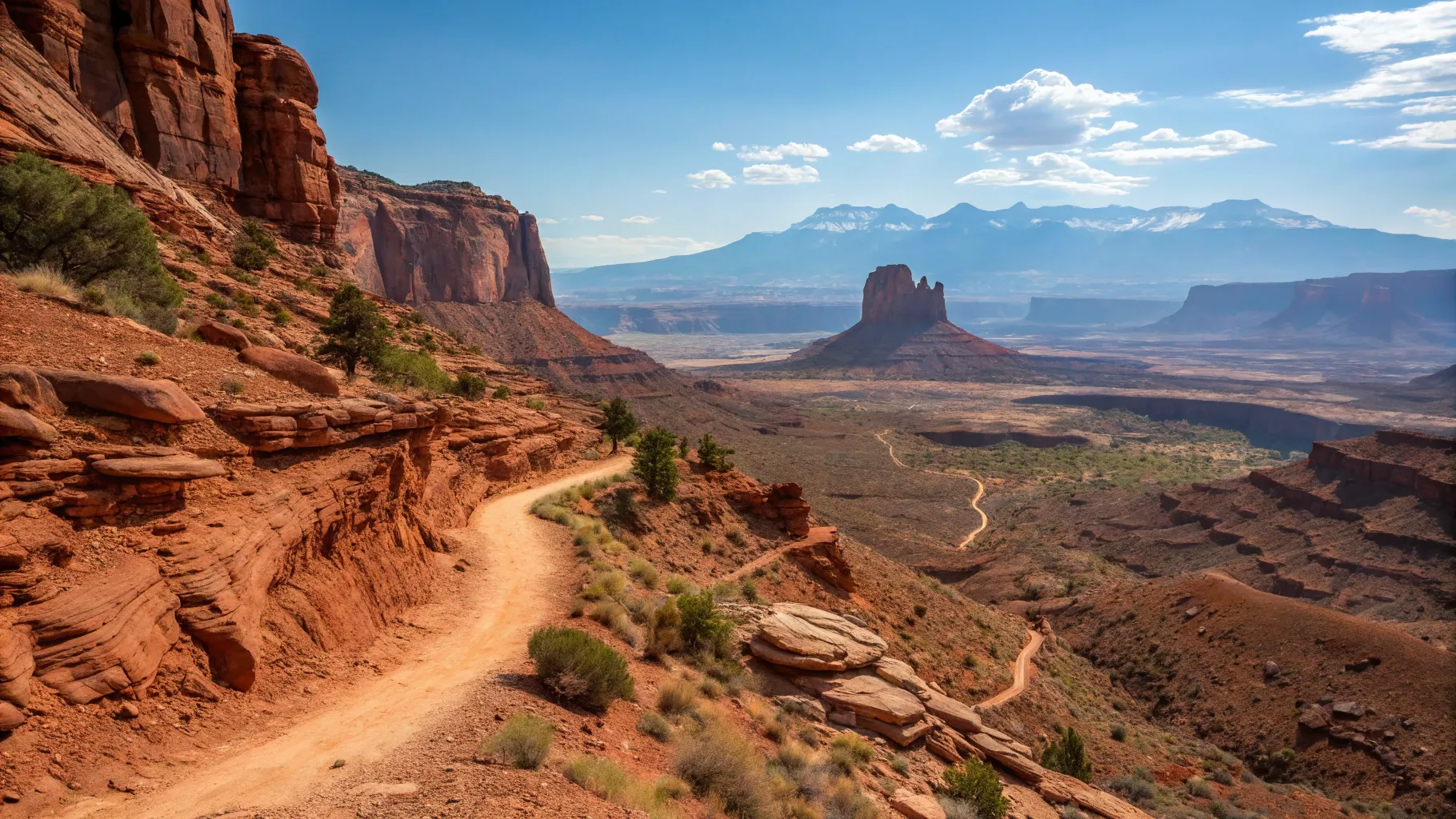
Moab, Utah, is a world-renowned destination for outdoor enthusiasts, adventurers, and nature lovers alike. Nestled amid stunning red rock landscapes, this vibrant town serves as a gateway to some of the most iconic national parks in the United States, including Arches National Park, Canyonlands National Park, and Dead Horse State Park. However, Moab offers far more than just these popular parks. Beyond the well-trodden trails and busy visitor centers, there exists a wealth of breathtaking scenery, unique geological features, and captivating adventures waiting to be explored.
This guide highlights the top places to visit and things to do in Moab outside of the national parks, providing an enriching experience of the region's natural beauty, history, and outdoor recreation. Whether seeking scenic drives, hiking trails, rock formations, or hidden gems, Moab's diverse landscape offers something for every traveler.
1. Potash Ponds and Shafer Canyon Drive
Located just east of Dead Horse State Park, the Potash Ponds are man-made evaporation ponds used in the production of potash, an essential mineral for fertilizers and industrial products. While their primary purpose is industrial, these ponds present an extraordinary sight for photographers and visitors. The vivid colors and reflective surfaces create a surreal, almost mirage-like effect against the backdrop of Utah's red rock canyons.
There are two main ways to view the Potash Ponds. One is from Dead Horse State Park itself, and the other is by driving the Shafer Canyon Trail. This scenic drive connects Moab to Canyonlands National Park and passes just a few feet from the ponds, adding an intriguing visual element to an already stunning route. Known for its steep, winding roads and breathtaking vistas, Shafer Canyon Drive is considered one of the most scenic drives in the United States. It offers a thrilling experience for those who enjoy off-road outings and scenic routes, though it is not recommended for large vehicles or RVs due to narrow and steep sections.
While many visitors approach from the Canyonlands side, starting from Moab allows access in smaller vehicles, making it an accessible adventure for most travelers.
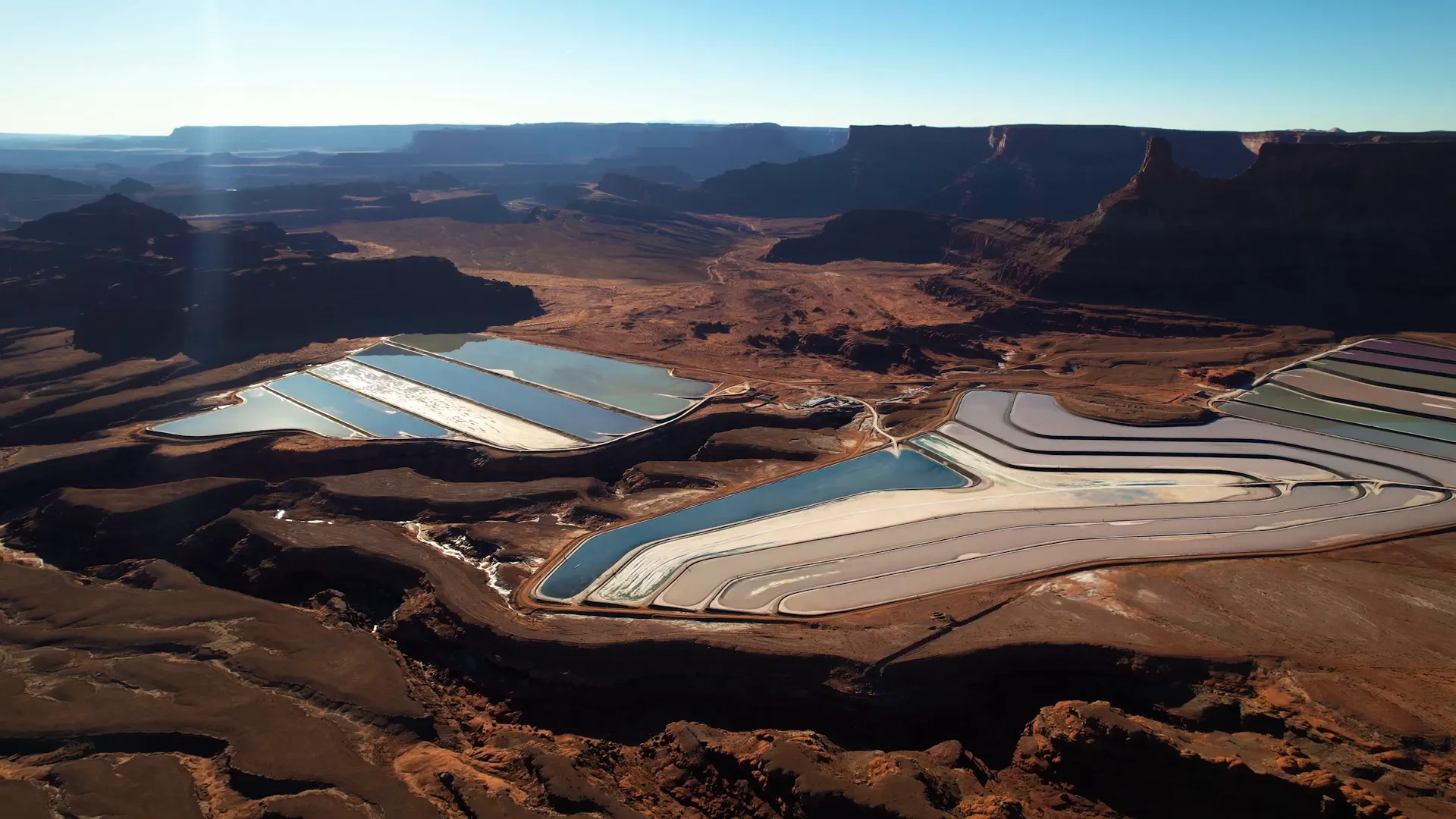
2. Castle Valley
Castle Valley is a striking expanse known for its iconic rock formations, particularly the towering Castle Tower. This narrow, towering sandstone spire dominates the landscape and is one of the most recognizable landmarks in the Moab area. The area draws photographers, rock climbers, and hikers eager to experience its unique geological features and panoramic views.
Castle Tower offers some of the most challenging sandstone climbing routes in the region, rewarding climbers with stunning vistas from its summit. Beyond climbing, the valley provides numerous hiking opportunities, with trails weaving through an array of other fascinating rock formations and canyons. The vastness and variety of the terrain make Castle Valley a perfect destination for those looking to explore beyond the national parks.
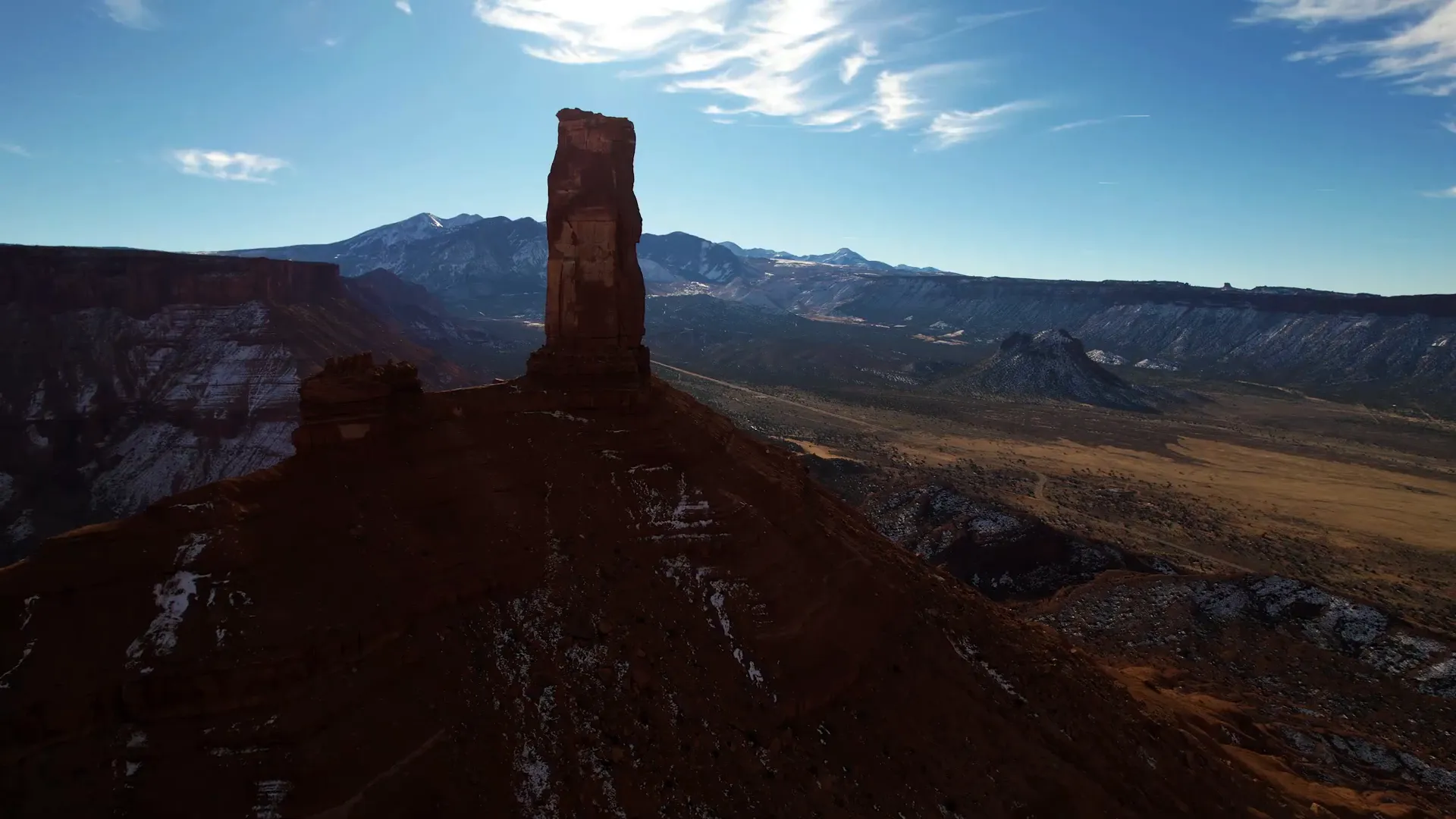
3. Corona Arch
Corona Arch is a magnificent sandstone arch located near Moab, measuring approximately 140 feet wide and 120 feet tall. It is one of the largest natural arches in the region and arguably the most notable arch outside of the national parks. The hike to Corona Arch is a rewarding experience, combining scenic desert terrain with a manageable 2.5-mile round trip and an elevation gain of just under 500 feet.
The trail to Corona Arch is moderately difficult, passing over a small creek and featuring some steep, rocky sections. It is well-marked and maintained, making it accessible for families and visitors of varying skill levels. One unique feature of this hike is a short ladder section, which is easy to navigate and adds a touch of adventure. Along the way, hikers also encounter Bowtie Arch, allowing them to enjoy two spectacular arches in one excursion.
At the base of Corona Arch, visitors can relax, take in expansive views of the surrounding landscape, and enjoy a quiet moment away from the crowds.
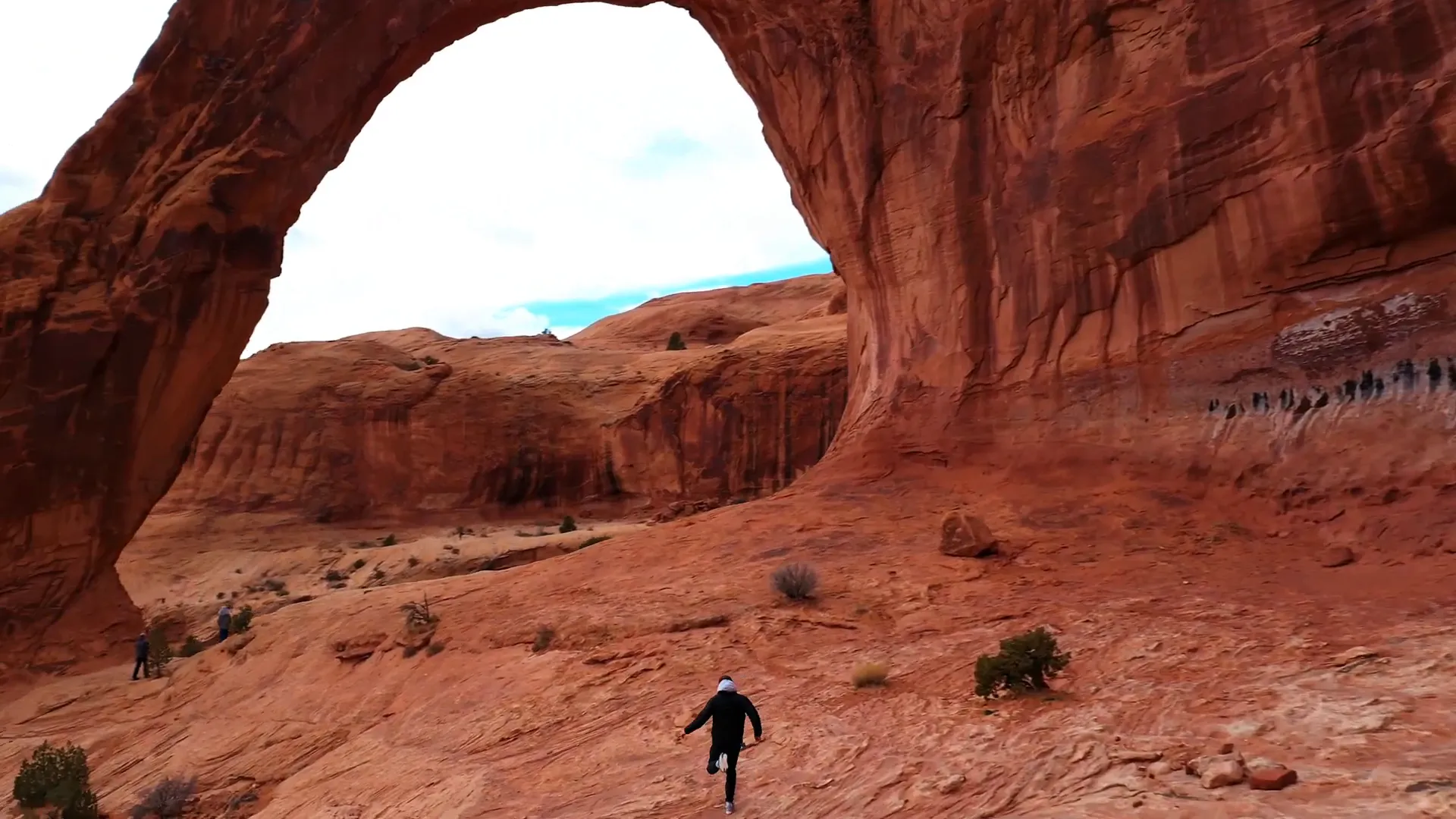
4. Jug Handle Arch
Just a few miles beyond the Corona Arch trailhead lies Jug Handle Arch, a uniquely shaped sandstone arch resembling the handle of a jug. Its distinctive form makes it one of the most recognizable arches in the Moab area. Unlike many arches that require a hike, Jug Handle Arch is conveniently located right next to the road, making it an easy and quick stop for visitors.
Visitors can park alongside the road to admire and photograph the arch, which rests against a canyon wall surrounded by impressive canyon landscapes and the flowing river below. For those interested in a short hike, a trailhead nearby provides access to the arch and surrounding terrain, but even just a 15-minute visit from the roadside offers a memorable experience.
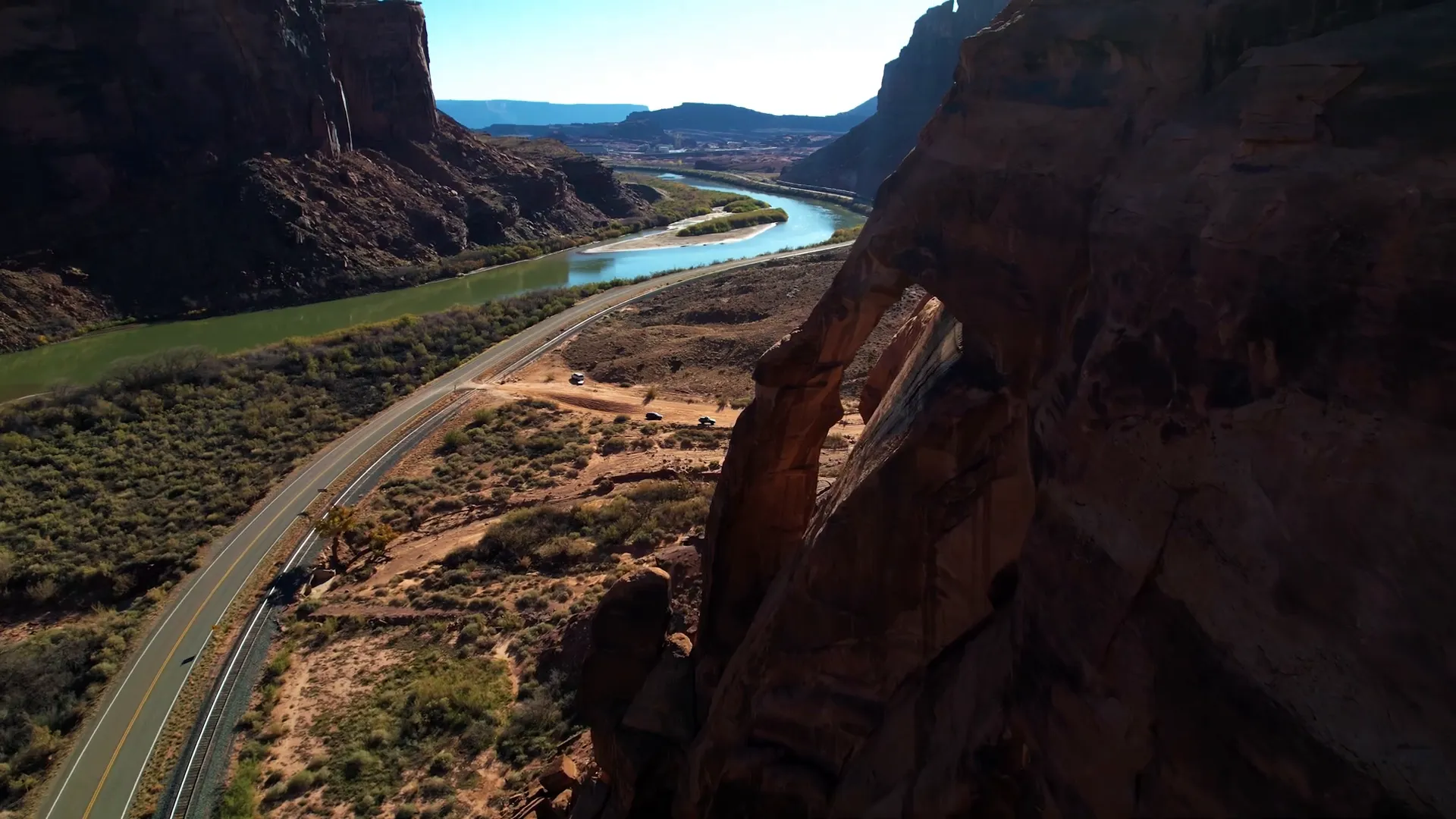
5. Fisher Towers
Fisher Towers are a series of dramatic sandstone rock formations located about 35 minutes from Moab. The drive to the towers is scenic in its own right, winding through desert landscapes and offering panoramic views of the canyons and mesas. The towers rise prominently from the surrounding terrain, creating a spectacular backdrop for photography, hiking, and climbing.
The Fisher Towers Trail is a well-marked 2.5-mile round trip hike starting from the trailhead, which also features camping facilities. The trail is family-friendly and accessible to hikers of various experience levels. Rock climbers are drawn to the towers for their challenging sandstone routes, making the area a hub for outdoor adventure.
Nearby, visitors can explore Dewey Bridge, a historic steel truss bridge built in 1916 that once served as a key crossing over the Colorado River. Today, Dewey Bridge is a popular spot for fishing, picnicking, and hiking, enriching the Fisher Towers experience with a touch of local history.
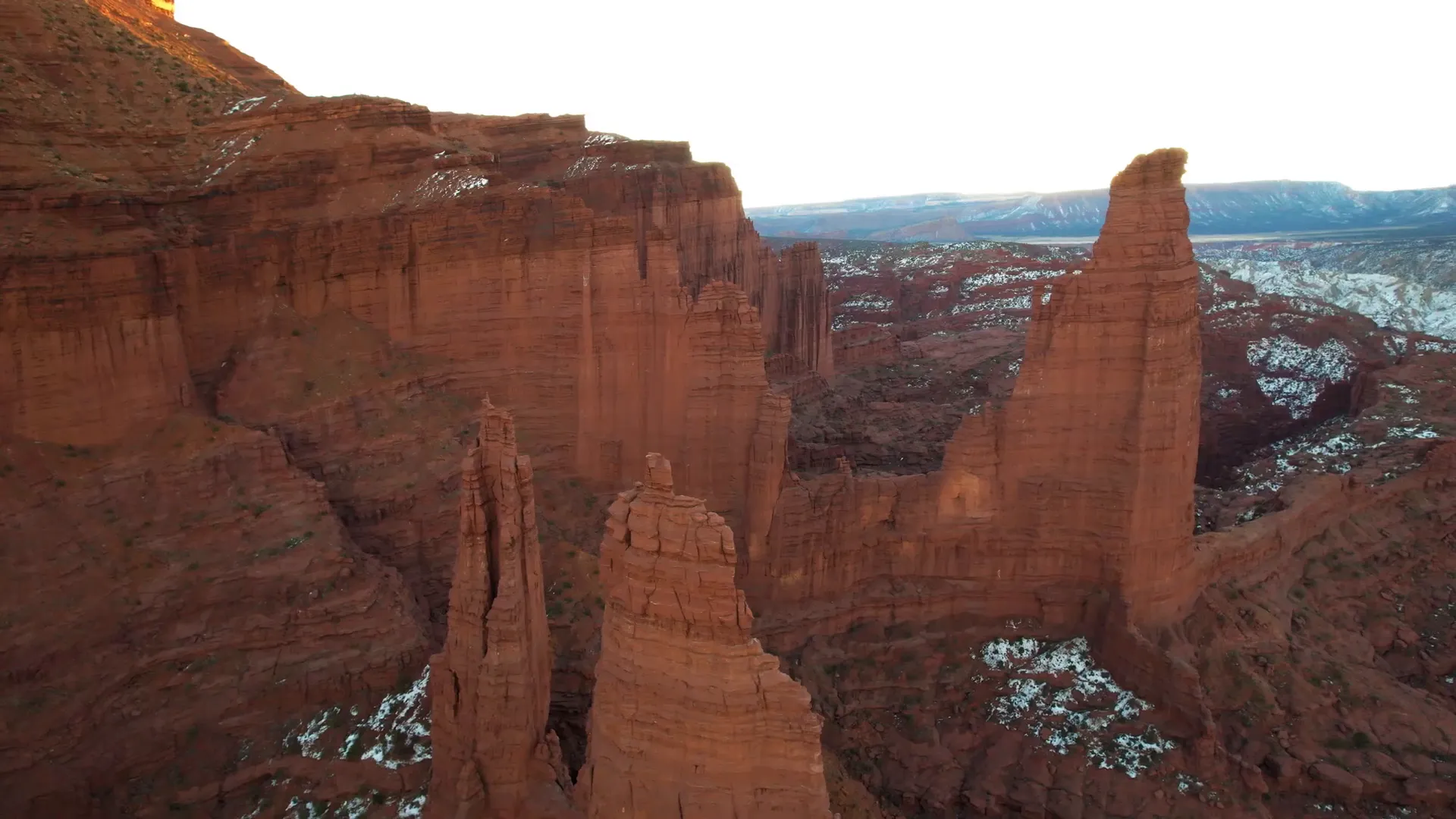
6. Marlborough Point
Marlborough Point offers panoramic views of the surrounding desert landscape, including the La Sal Mountains to the southeast and the Moab Rim to the west. This viewpoint is a hidden gem for those looking to venture off the beaten path and experience Moab's natural beauty from a unique vantage point.
Accessing Marlborough Point requires a four-wheel-drive vehicle due to rugged road conditions, which has limited visits by some travelers. The road to the point branches off near Dead Horse State Park, but parking options are limited, and visitors should be mindful of parking regulations to avoid illegal stops.
Despite access challenges, the views from Marlborough Point are well worth the effort, showcasing a dramatic contrast between the towering La Sal Mountains and the red rock desert below. Photography enthusiasts in particular find this location inspiring for capturing the diversity of Moab's landscape.
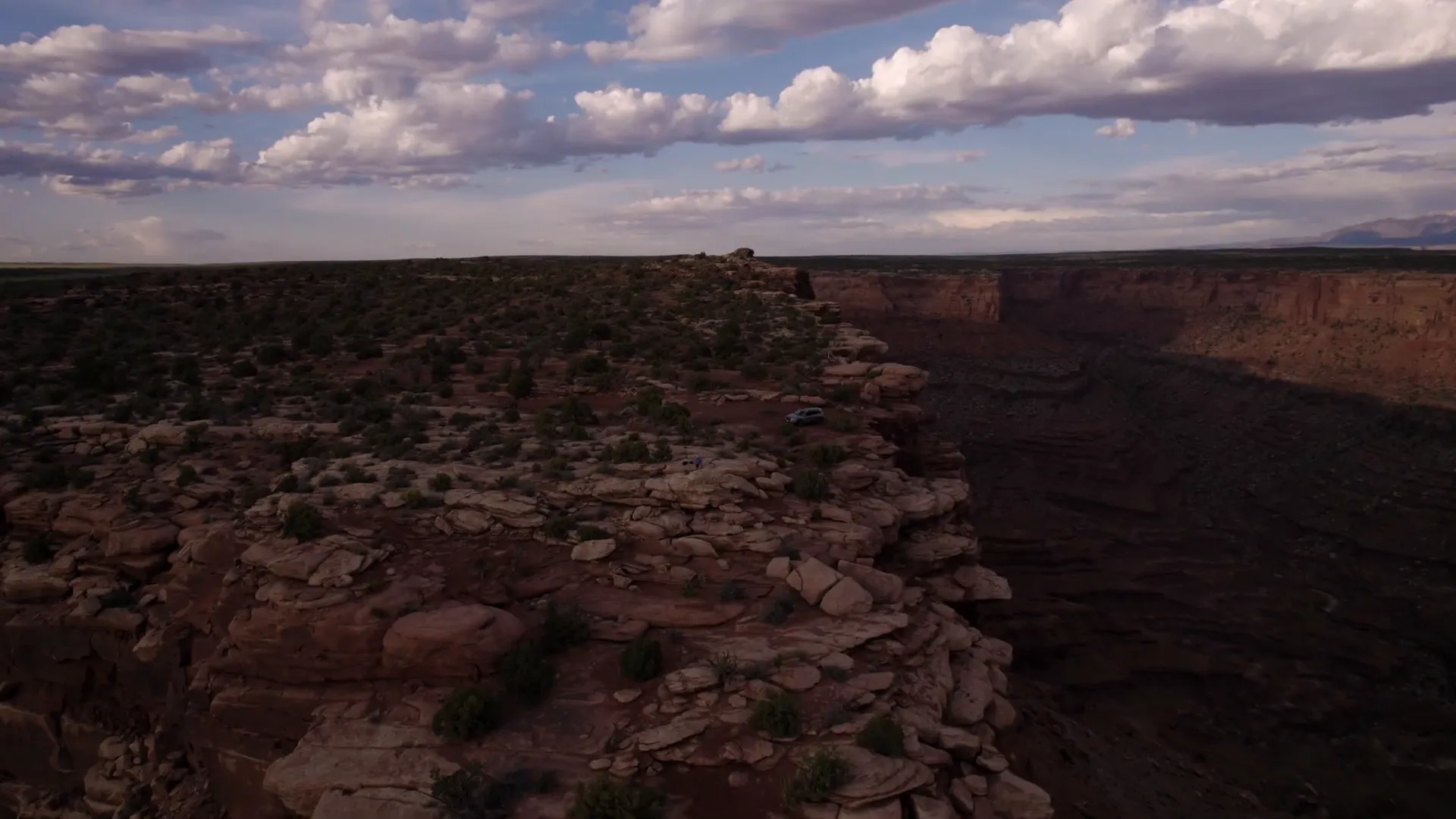
7. Crystal Geyser
Located near Green River, Utah, about an hour's drive from Moab, Crystal Geyser is a rare and fascinating geothermal feature. Unlike most geysers fueled by hot springs, Crystal Geyser erupts due to carbon dioxide buildup in underground reservoirs, shooting water up to 60 feet in the air at regular intervals.
The geyser is accessible via a short dirt road off Interstate 70, with a viewing platform and parking area nearby. The road is well-maintained and suitable for all vehicles, making it an easy and quick stop for those traveling through the region. Visitors can enjoy the spectacle of the geyser's eruptions alongside scenic views of the river and surrounding terrain.
While Crystal Geyser is technically closer to Green River than Moab, it is a convenient detour for travelers on Interstate 70, especially those coming from Salt Lake City or Denver.
8. Wilson Arch
Wilson Arch is another majestic sandstone arch located just south of Moab, along the route to the Needles District of Canyonlands National Park. Spanning over 91 feet wide and standing more than 48 feet tall, it is one of the largest freestanding arches in the world.
The arch is easily accessible, with a parking area directly adjacent to it. Visitors can admire Wilson Arch from the parking lot or embark on a short, steep hike of less than a mile round trip to walk beneath the arch. The well-defined trail offers a close-up experience of this impressive natural formation.
Wilson Arch is a popular stop for travelers heading toward Canyonlands National Park, providing a stunning photo opportunity and a brief outdoor excursion without requiring a lengthy hike.
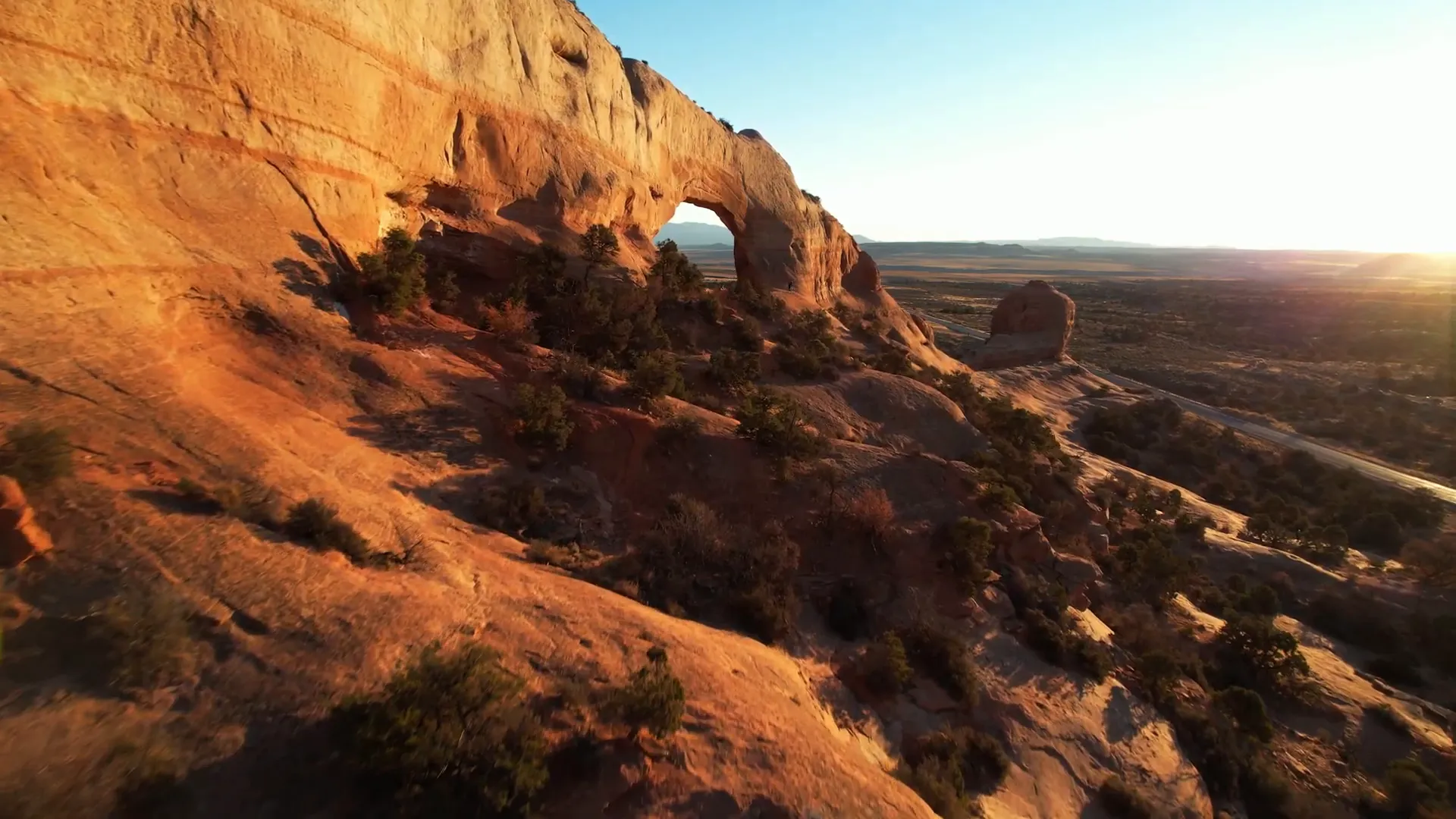
9. Hole in the Rock
Hole in the Rock is a unique natural feature south of Moab, close to Wilson Arch. It is a large hole carved into sandstone by wind and water erosion, and it holds significant historical and cultural value. The site was developed beginning in 1940 by Albert Christensen and was opened to the public after his death in 1957.
Visitors can enter Hole in the Rock for a small admission fee, with restrictions on filming inside the site to preserve its integrity. Besides exploring the rock formation, the area also features an exotic zoo housing camels, Watusi cattle, albino raccoons, and more. Additionally, it hosts the largest collection of Lyle Nichols metal and art sculptures, along with various unusual artifacts from different time periods.
A trading post at Hole in the Rock offers locally made Native American pottery, jewelry, dream catchers, and other unique gifts, making it an excellent stop for souvenirs and cultural appreciation.

10. La Sal Scenic Drive
The La Sal Scenic Drive is a picturesque route that winds through the La Sal Mountains, offering spectacular views of mountain peaks, alpine forests, and the surrounding red rock desert. The tallest peak in the range, Mount Peale, stands at 12,721 feet, creating a striking contrast to the desert below.
This drive is ideal for those wanting to experience diverse landscapes with minimal physical exertion. The road is well-maintained and stretches approximately 103 miles, beginning south of Moab and circling the mountains via Route 46. Along the way, travelers encounter numerous viewpoints showcasing the interplay between mountainous terrain and desert canyons.
Outdoor enthusiasts can also enjoy hiking and backcountry skiing in the La Sal Mountains, adding an adventurous dimension to the scenic drive.
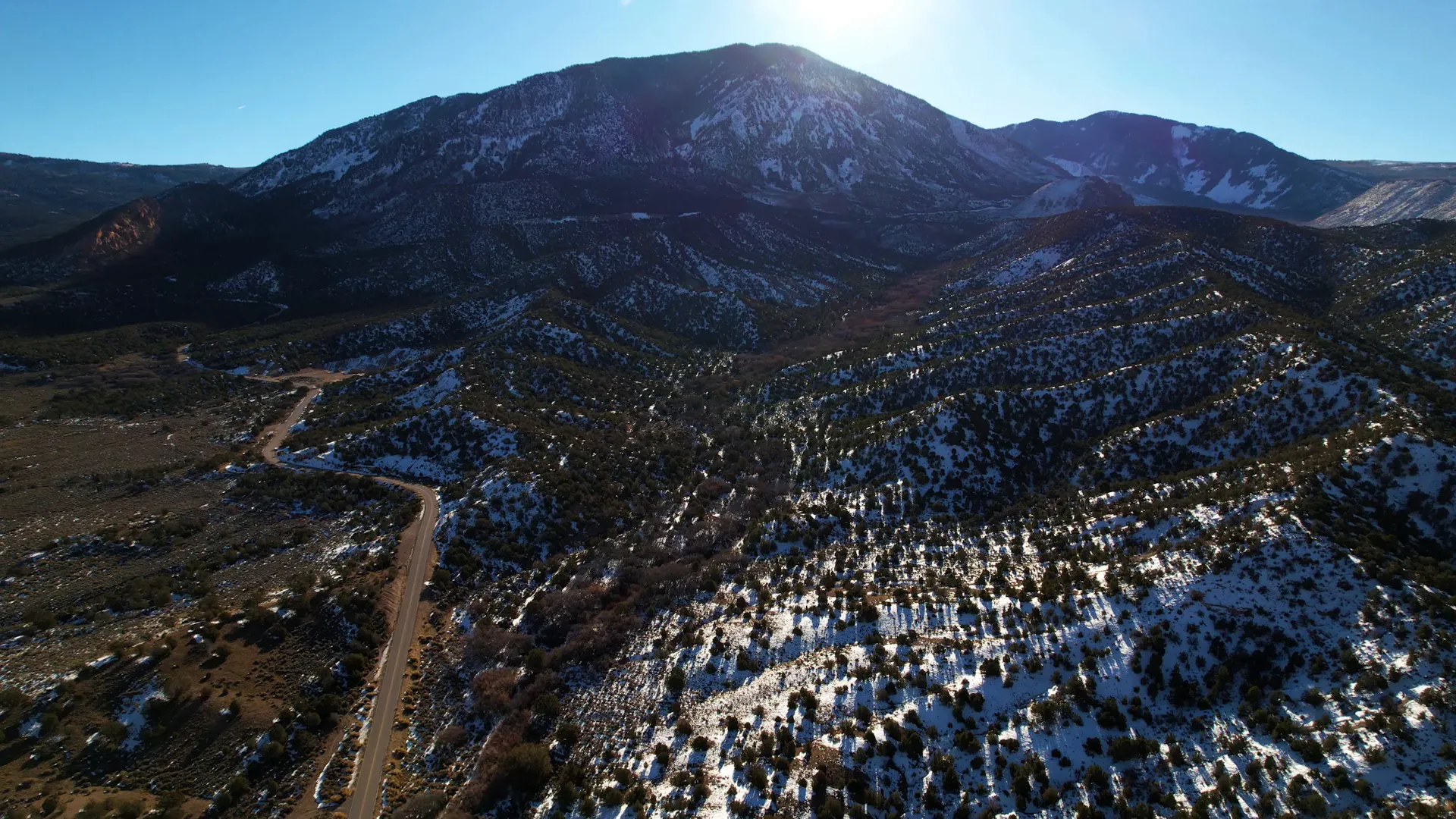
Bonus: Moab Sand Hill
For families and visitors seeking a quick and fun stop near Moab, the Moab Sand Hill is a large sand dune located just about a mile north of town near the entrance to Arches National Park. This steep, short dune is perfect for kids to run up and play on, and it is a popular spot for sandboarding or sledding if visitors bring the appropriate equipment.
The Sand Hill is an easy roadside attraction that provides a playful contrast to Moab's rugged rock landscapes, making it a great addition to any itinerary, especially for those traveling with children.
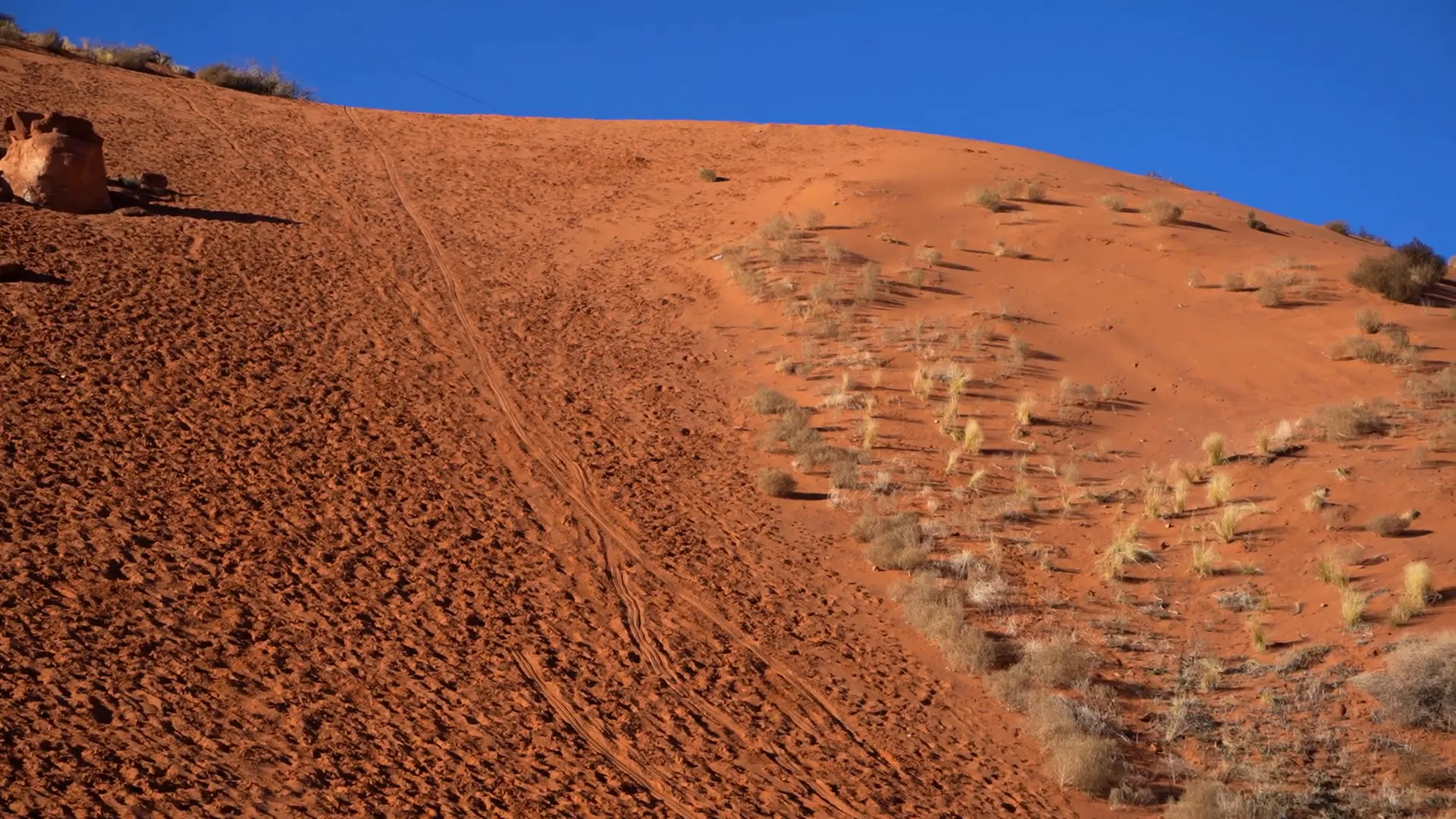
Conclusion
Moab, Utah, is much more than the famous national parks that surround it. From surreal industrial ponds and towering rock formations to geothermal wonders and alpine mountain drives, the area offers a diverse range of activities and sights for every type of traveler. Whether hiking beneath massive arches, driving scenic mountain roads, or discovering historic landmarks, visitors to Moab can experience the natural beauty and rich outdoor culture that make this region a true adventure hub.
Exploring beyond the busy parks reveals hidden gems and quieter spots to enjoy the breathtaking landscapes of southeastern Utah. This variety ensures that Moab remains a top destination for those seeking unforgettable outdoor experiences.


